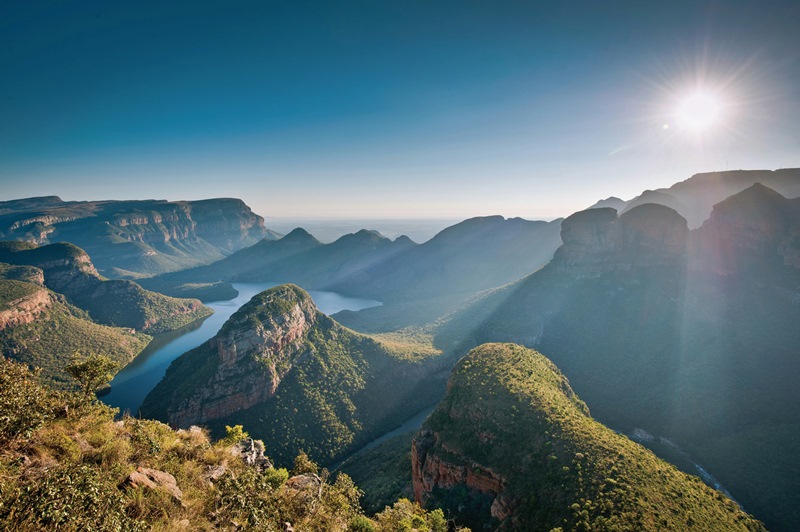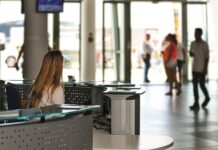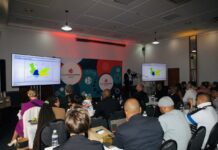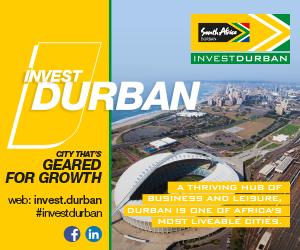
A regional overview of Mpumalanga Province
By John Young
The general elections of 2024 prompted reflections in many spheres on three decades since the first democratic elections were held. In March 2024, Mpumalanga Premier Refilwe Mtsweni-Tsipane’s State of the Province address listed many consequential changes that have occurred in Mpumalanga in that timeframe:
- Population increased from 3.3-million to 5.1-million
- Gross Domestic Product (GDP) grew from R46-billion to R530-billion
- Off very low levels, 87% of households have access to piped clean water
- 93% have access to adequate sanitation
- More than 94% of residents have access to electricity
Mtsweni-Tsipane, who was succeeded as provincial premier by fellow ANC member Mandla Ndlovu, was elected by the government of national unity (GNU) as the new chairperson of the National Council of Provinces (NCOP).
More change is coming to the province in the next 30 years. Mpumalanga is often thought of as the Coal Province or the Power Station Province. These are fair assessments, given the number of coal mines and coal-fired power stations the province hosts. Of course, Mpumalanga is also the province where six of the nine gates are located that allow access to the Kruger National Park, one of South Africa’s greatest tourism assets.
Stainless steel, gold, chemicals, dairy and beef, agriculture in many varieties, huge forestry plantations and processing plants – these are also distinctive characteristics of the “Place of the Rising Sun”.
The sun is a great source of energy, but for Mpumalanga, it is wind power that is in full flow.
Wind power
The South African Wind Energy Association (SAWEA) published a “Winter Energy Outlook” in May 2024 in which it noted that South Africa now has wind power capacity of 2GW, potentially powering approximately 3.6-million households annually.
Two major projects, one in Mpumalanga and one on behalf of companies that will use green power in the province, are highlighted in the SAWEA document: Seriti Green’s Ummbila Emoyeni wind farm in Mpumalanga, which will generate 155MW as part of the project’s initial phase of a broader 900MW renewable energy cluster, and the Impofu cluster of wind farms in the Eastern Cape which will generate a combined 336MW to supply two major industrial companies, Sasol and Air Liquide. These projects bring a combined 491MW and R13.5-billion investment.
The country’s wind project development pipeline currently stands at 32GW, and with Mpumalanga now joining the ranks of provinces offering wind farms, that pipeline is sure to grow. These and other renewable energy projects will not only provide power but also help the province and the country along the road to a cleaner, more environmentally friendly economy.
In pursuit of that goal, the Provincial Government of Mpumalanga has established the Mpumalanga Green Cluster Agency to bring together government, academia and industry to create the environment for businesses to develop in a green economy.
The Cluster, an initiative of the Mpumalanga Department of Economic Development and Tourism with the support of GreenCape and the Deutsche Gesellschaft für Internationale Zusammenarbeit (GIZ), has joined the International Cleantech Network, a group that has 15 000 businesses affiliated to it across the globe.
National utility Eskom is also moving into the new era, partly through a process whereby the entity will be broken into three more competitive units, but more immediately through the announcement of 18 winning bids from independent power producers (IPPs) for renewable projects on Eskom land, 4 000ha of which the utility has made available for this first phase. Eskom owns 36 000ha in the province. A total of 1 800MW will become available to the grid and it will be cheaper to transmit because the solar or wind plants will be right next to the existing Eskom transmission lines.
A Mine Water Coordinating Body (MWCB) has successfully been launched to help manage the after-effects of the closure of mines and power stations. The bad results of one such water leakage are dealt with in the Mining Overview.
Many of Mpumalanga’s coal-fired power stations are either in the process of being closed or will shortly be shut down and the same is true of some coal mines that have reached the end of their lives. Eskom, together with mining houses Exxaro, Glencore and Thungela Resources, formed the MWCB to address environmental and socio-economic challenges that might arise.
Issues such as water also fall under the ambit of a broader mine-industry related coalition known as the Impact Catalyst which has been launched in Mpumalanga.
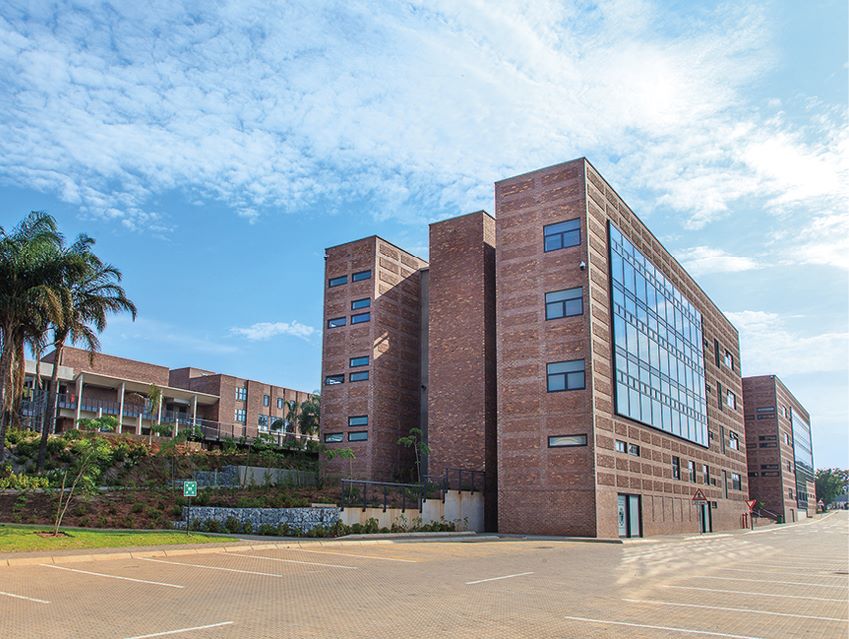
Investment options
Several infrastructure investment projects in the tourism sector have been put forward by the Mpumalanga Economic Growth Agency (MEGA).
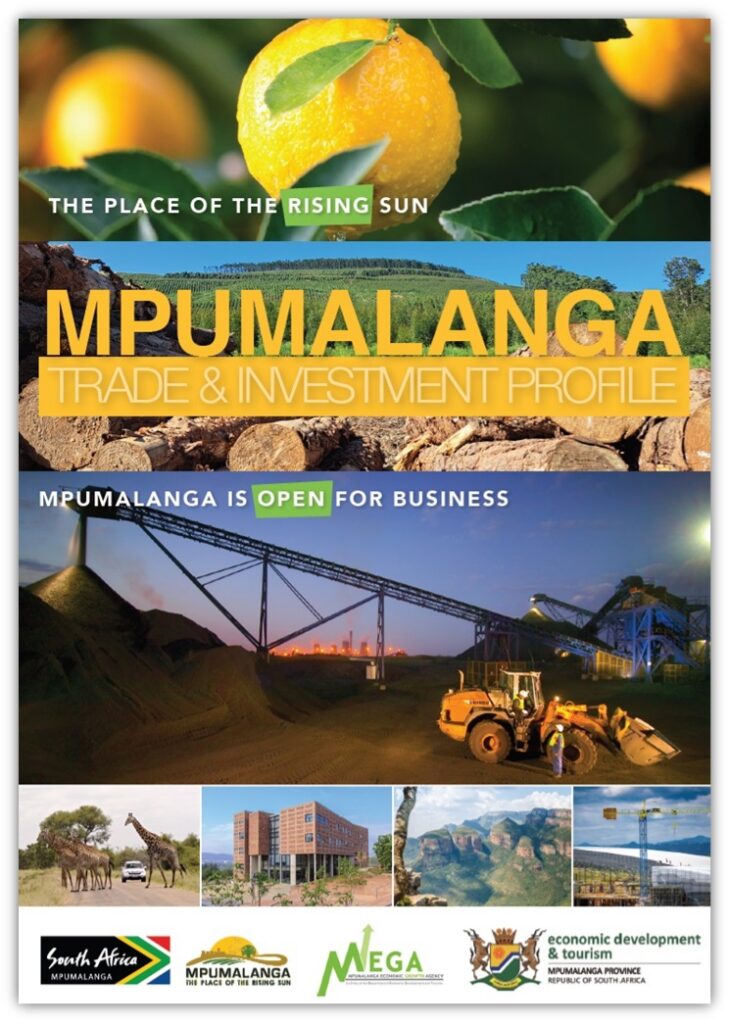 There is a special focus on BRICS countries and the province has welcomed more than one new flight to Kruger Mpumalanga International Airport since 2022, including Safair and the tourist division of Lufthansa, Eurowings Discover.
There is a special focus on BRICS countries and the province has welcomed more than one new flight to Kruger Mpumalanga International Airport since 2022, including Safair and the tourist division of Lufthansa, Eurowings Discover.
The TRILAND partnership with Eswatini and Mozambique is another avenue, as is the collaboration with KwaZulu-Natal, Eswatini, Mozambique and the Seychelles.
MEGA is an equity investor in several Mpumalanga concerns, including Afrimat, Highveld Fruit Packers, Kangwane Anthracite, Loopspruit Winery and Tekwane Lemon Farm.
In the Nkangala District Municipality, a public-private partnership is due to deliver a hotel and conference centre in the town of Middelburg in the Steve Tshwete Local Municipality. This follows the opening of a Safari Hotel by Radisson in Hoedspruit, on the edge of the Kruger National Park.
Elsewhere, mining and timber companies are making large investments in increased production or in extending the life of mines.
A major concern for provincial planners is to diversify the economy and to grow the manufacturing sector. The Mpumalanga Economic Growth and Development Path (MEGDP) identifies beneficiation, agro-processing and the development of value chains as priorities. Various industrial parks are planned which will focus on agriculture and forestry, mining and metals and petrochemicals. An International Fresh Produce Market in Nelspruit and the planned Nkomazi SEZ (Special Economic Zone) are other priorities.
Steel and associated manufacturing remains one of the province’s strong suits and Mpumalanga has rich and varied mineral resources and fertile soil that support diverse farming operations, agro-processing and forestry. The province also hosts large companies in the manufacturing sector such as Middelburg Ferrochrome and the Manganese Metal Company.
The province’s rich agricultural produce is used by companies such as McCain, Nestlé and PepsiCo and there are also pulp and paper plants (Sappi and Mondi), with PG Bison greatly increasing its production capacity at its Mkhondo particleboard plant after two investment injections of R600-million (on a press and forming line) and R560-million (on a front-end dryer).
York Timbers is another forestry company and the sugar mills and refinery of RCL Foods (formerly TSB Sugar) along with fertiliser facilities and textile manufacturing concerns are all contributors to the provincial economy.

The southern half of the eastern limb of the platinum-rich Bushveld Igneous Complex runs south towards the towns of Lydenburg and Machadodorp. Deposits of chromite, magnetite and vanadium in this area are the basis of the ferro-alloy complex in Witbank-Middelburg and Lydenburg.
The town of eMalahleni is the centre of the coal industry. Other minerals found in the province include gold, platinum group minerals, chromite, zinc, cobalt, copper, iron and manganese.
Middelburg is home to Columbus Stainless, South Africa’s only producer of stainless steel, and several big engineering works. It is about 130km from Pretoria and less than three hours’ drive from the Malelane Gate of the Kruger National Park.
The Kruger National Park remains the province’s most-visited asset but the decision by UNESCO to afford World Heritage Site status to the Makhonjwa
Mountains near Barberton will boost geological tourism to the province and supports the efforts of the province to diversify its offerings. Major projects to improve tourist experiences are underway at the Graskop Gorge (where a transparent lift takes tourists into the depths of the gorge), a Skywalk is to be built at God’s Window and a cable car is planned for Three Rondavels.
The international body’s decision has also had the effect of expanding the curriculum at the University of Mpumalanga. On the basis of the UNESCO ruling, UMP has a new offering in geology as part of a BSc degree.
